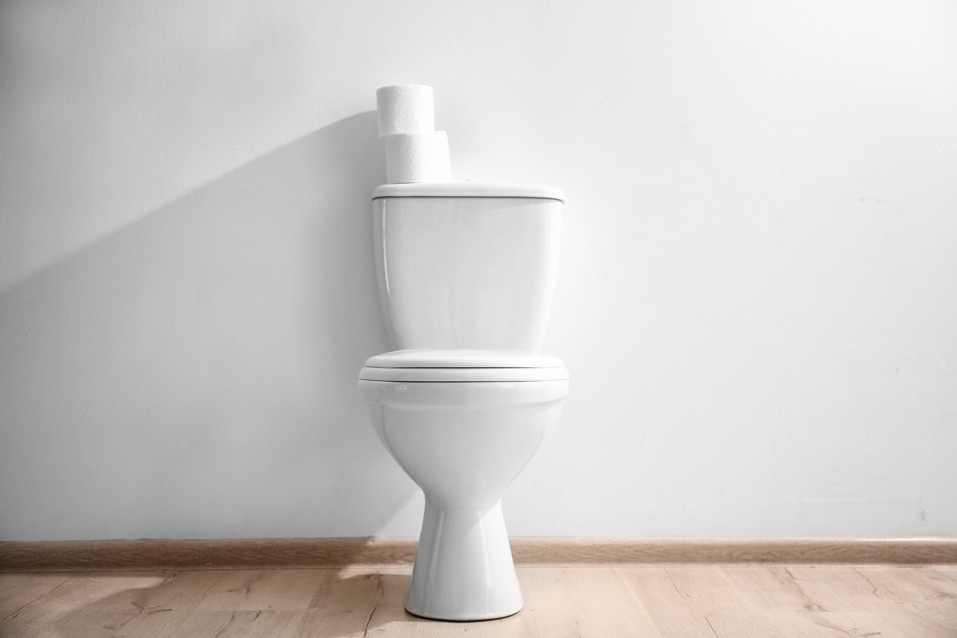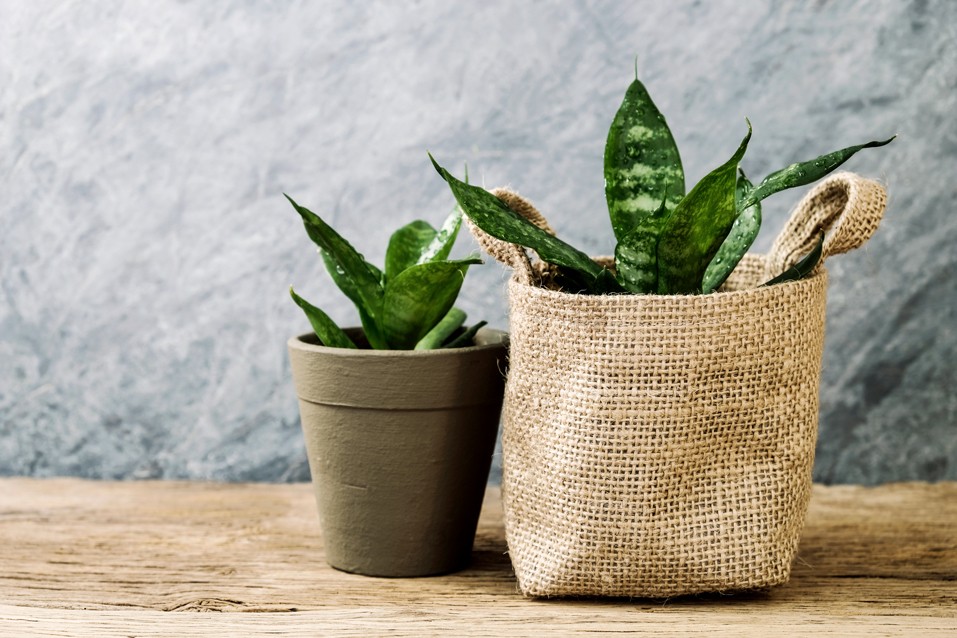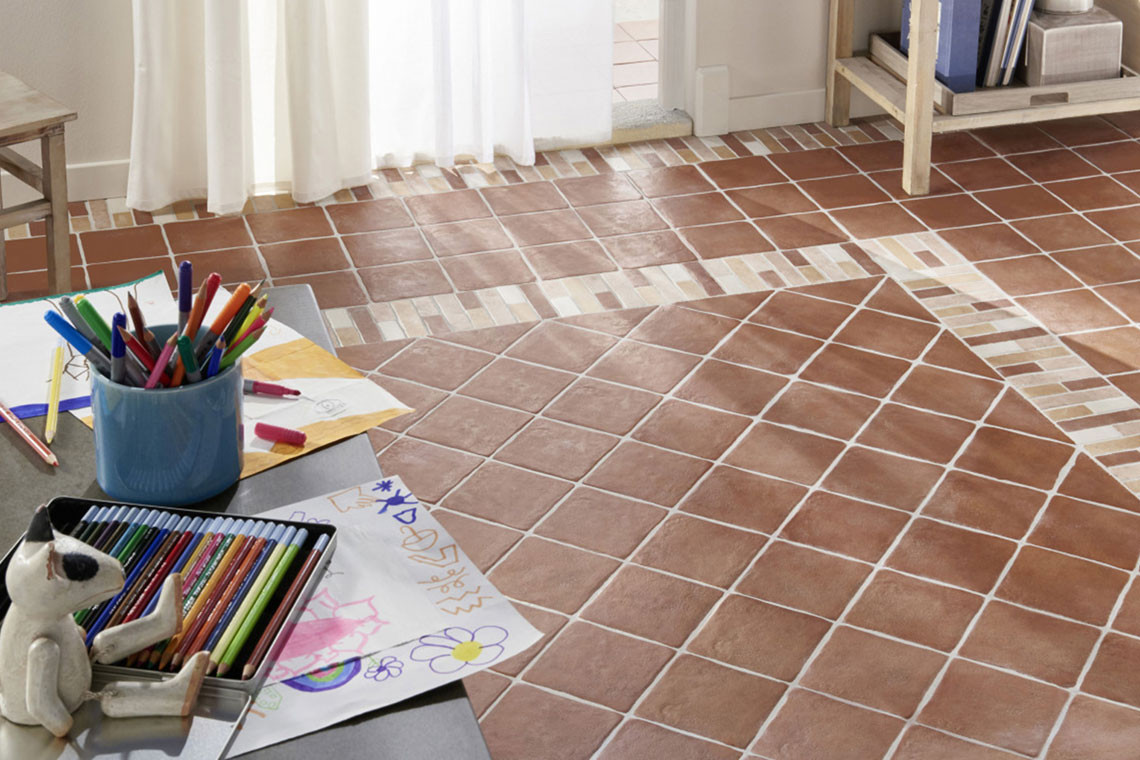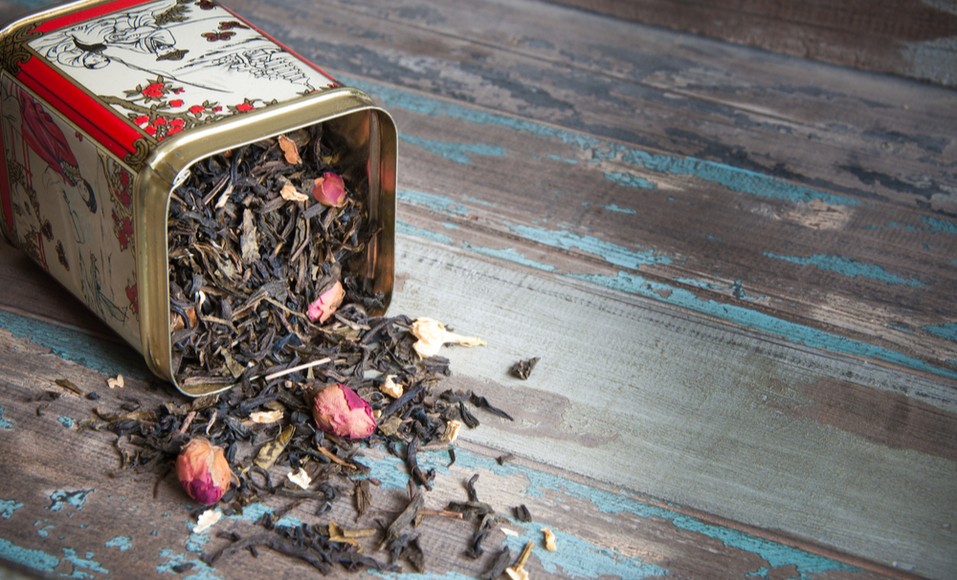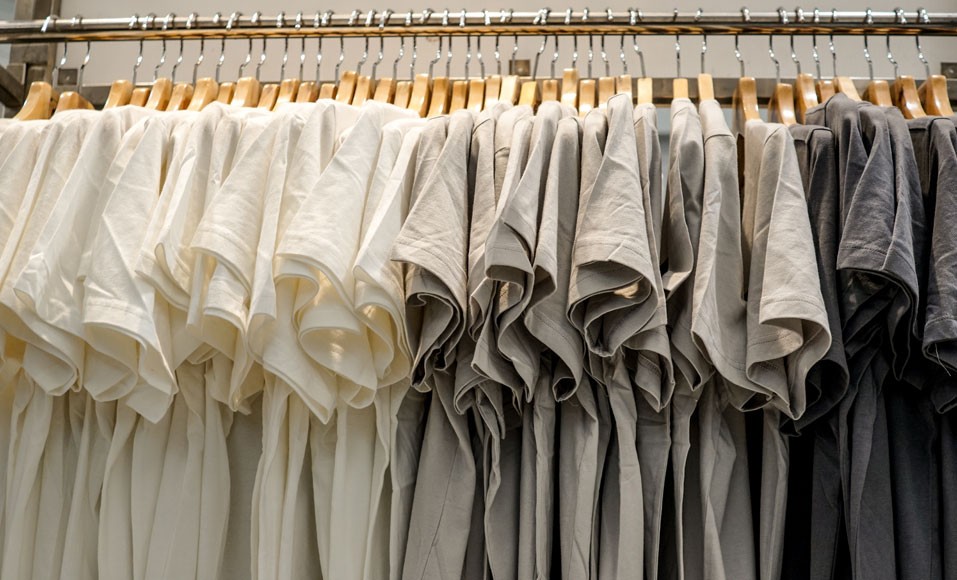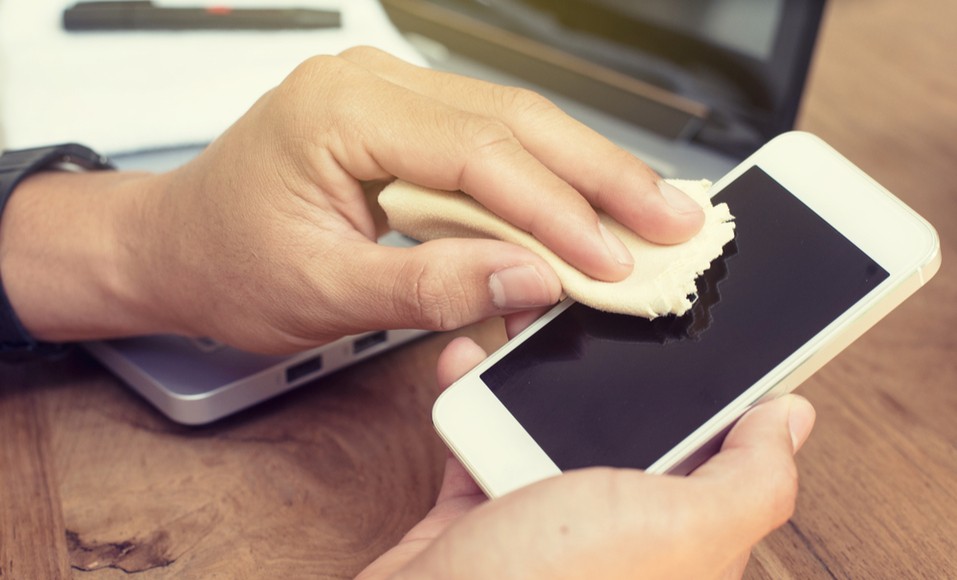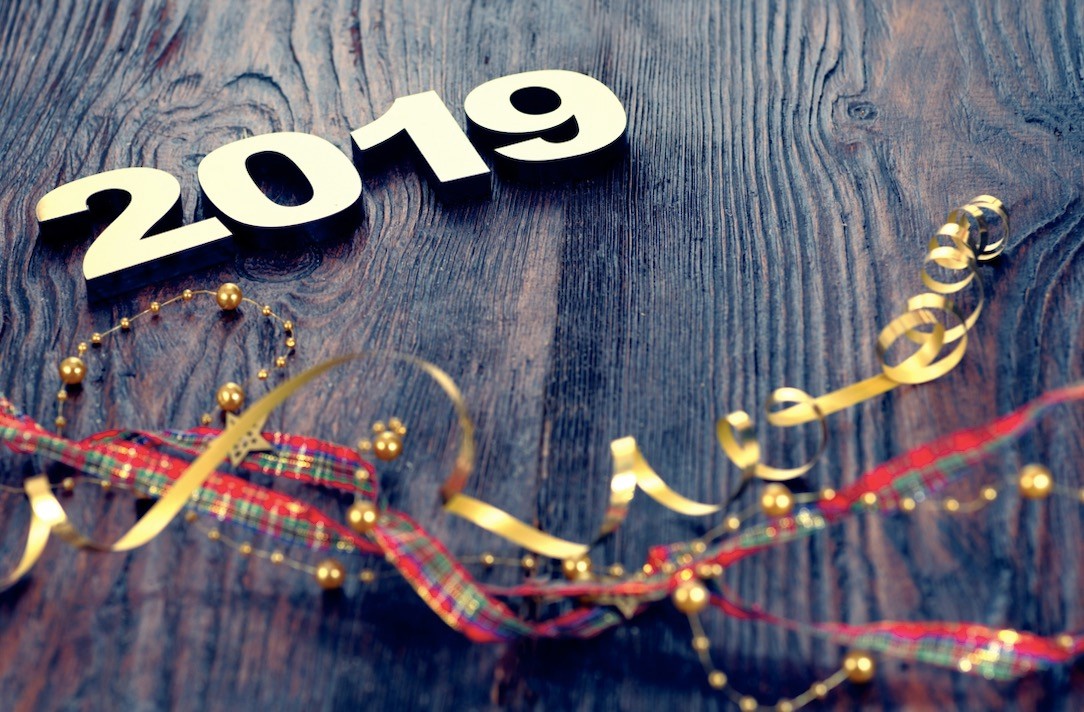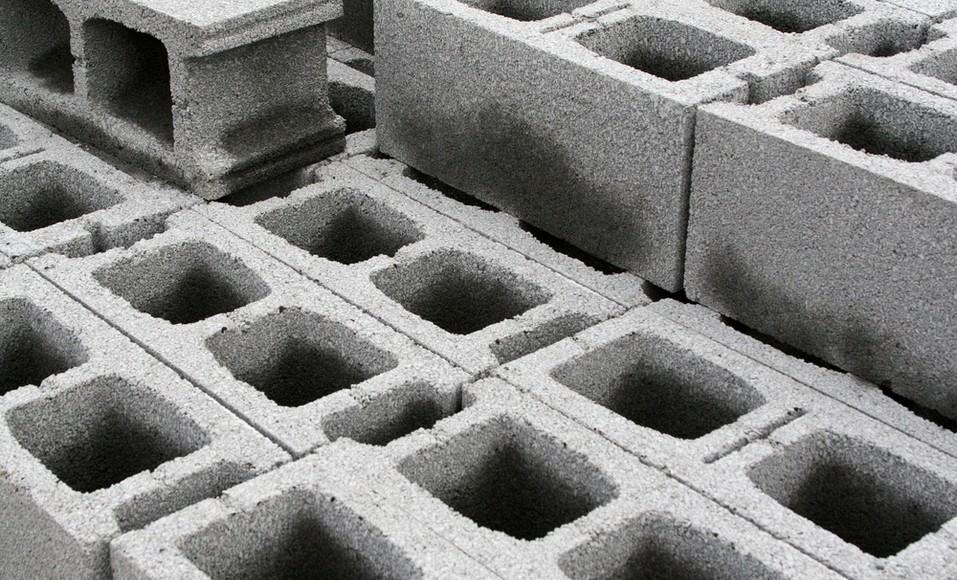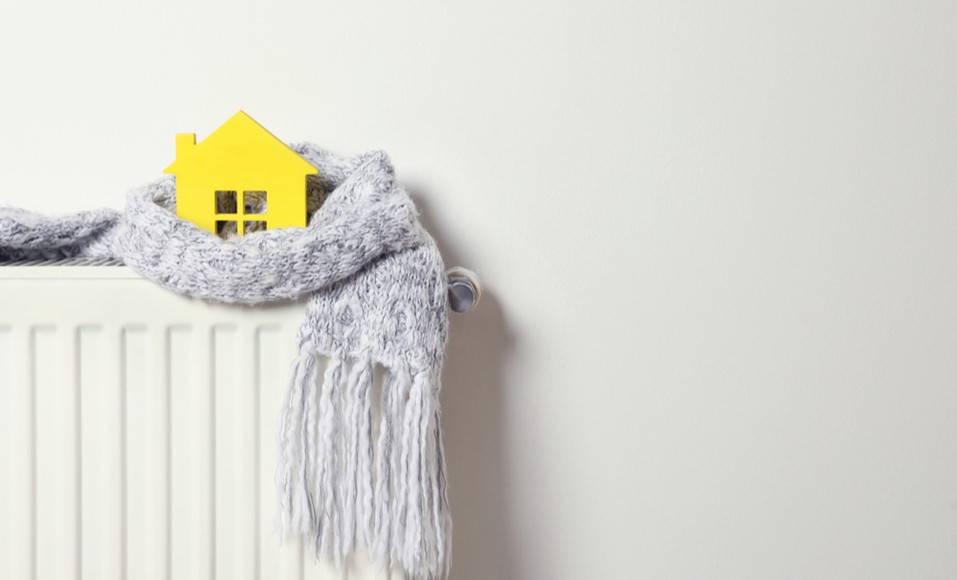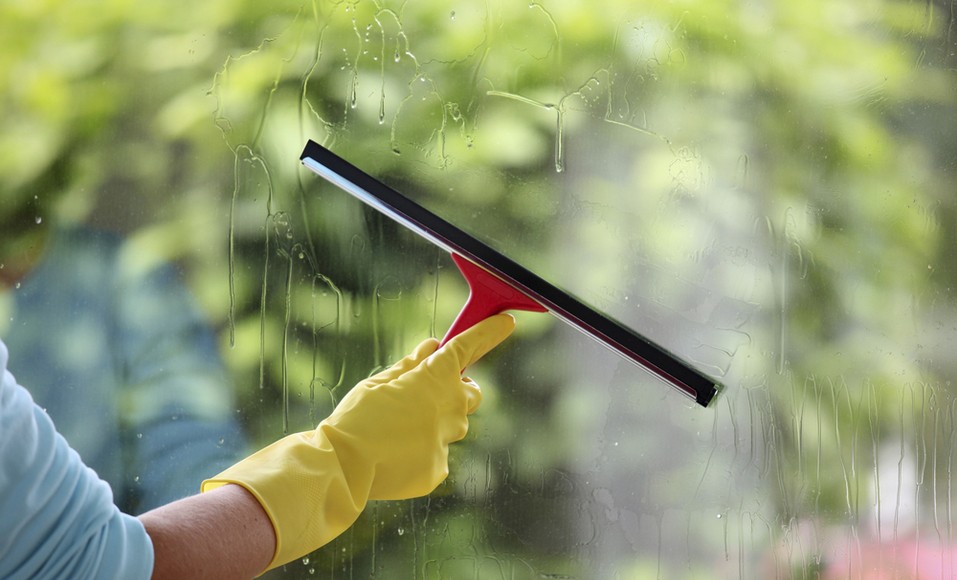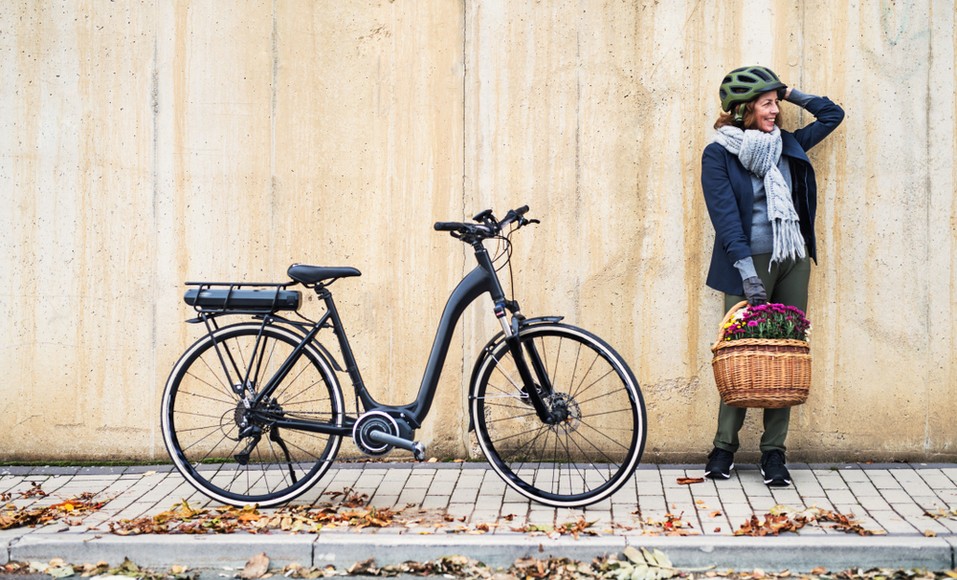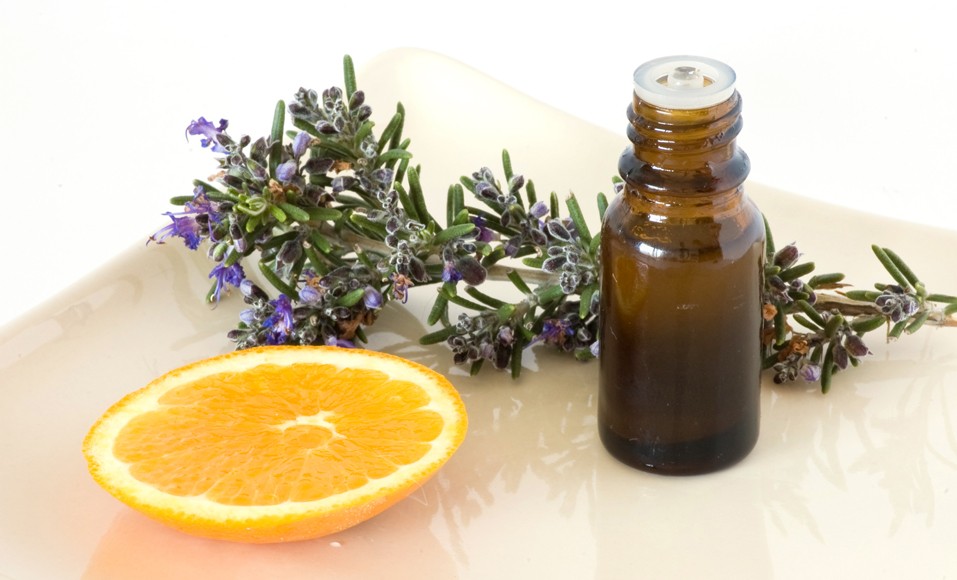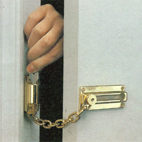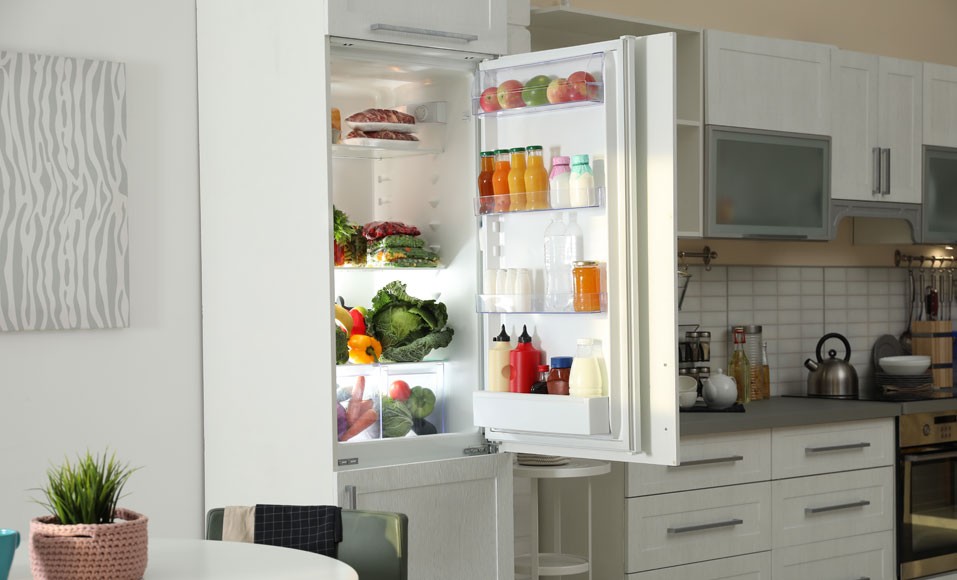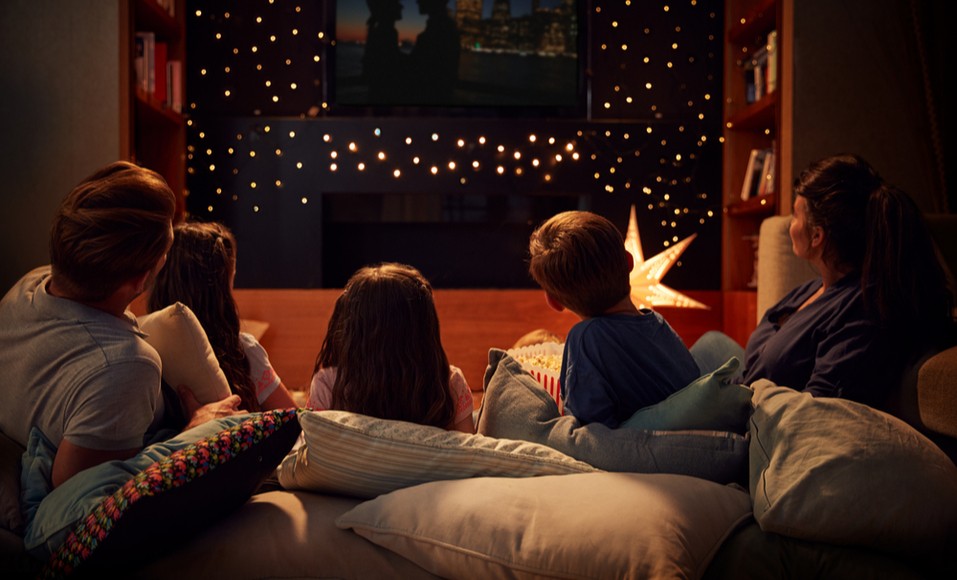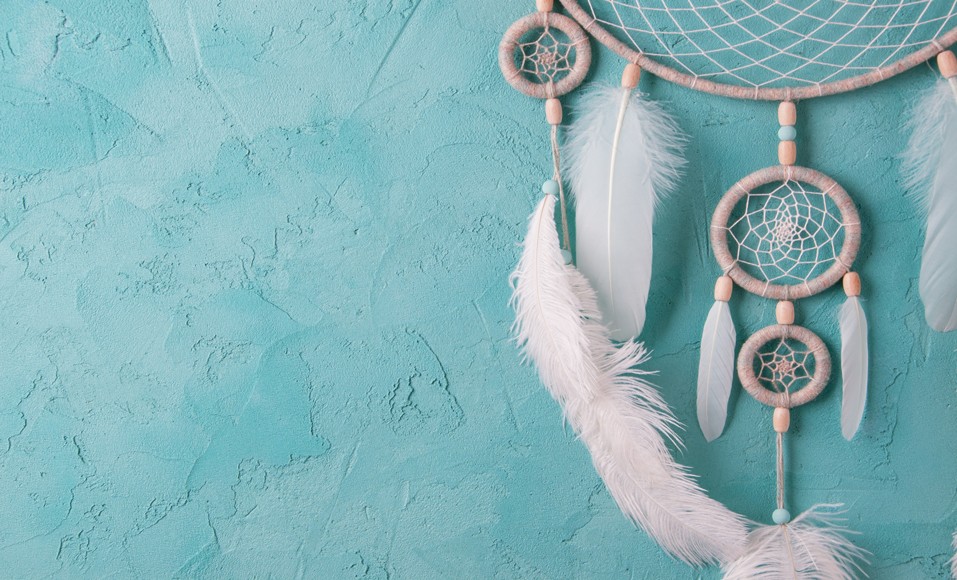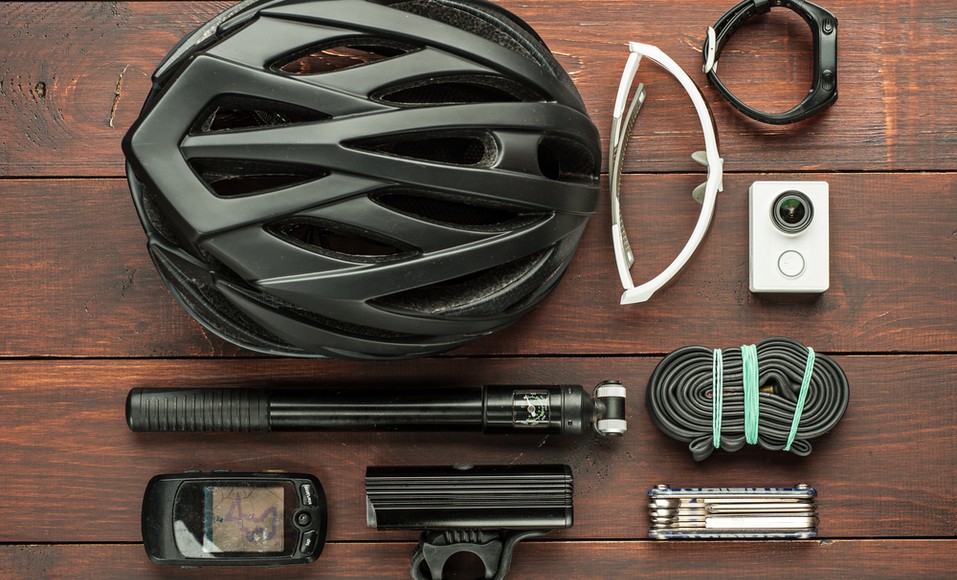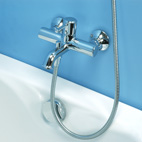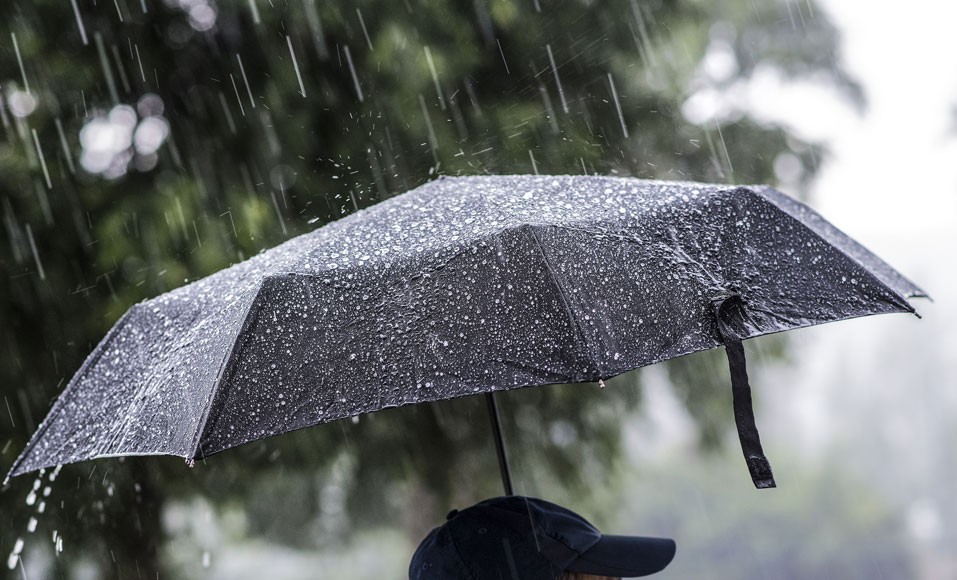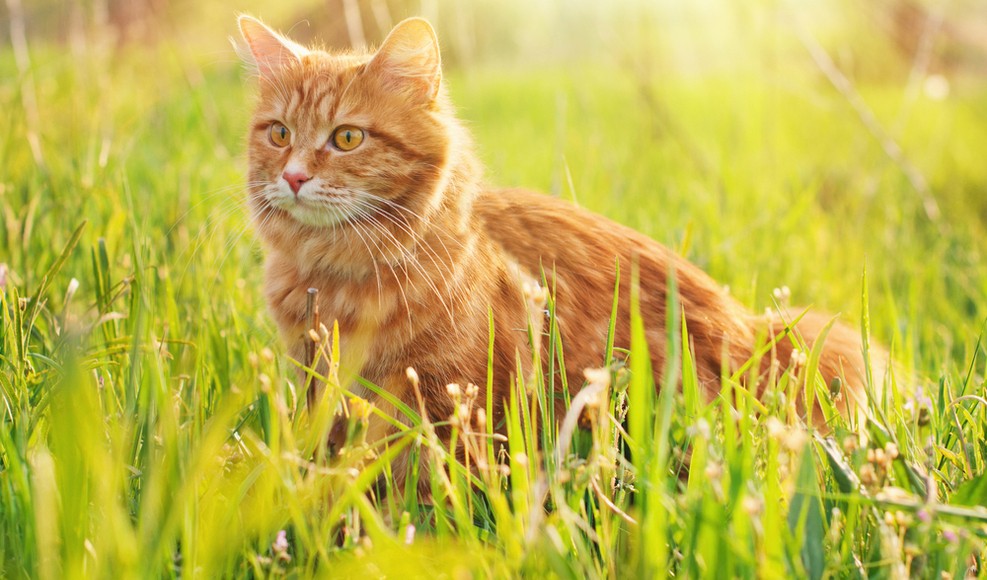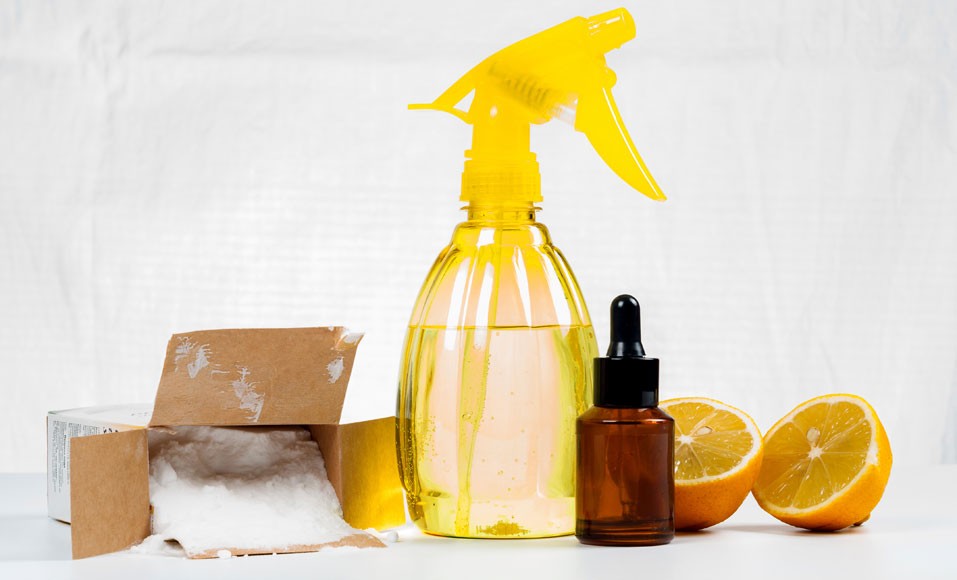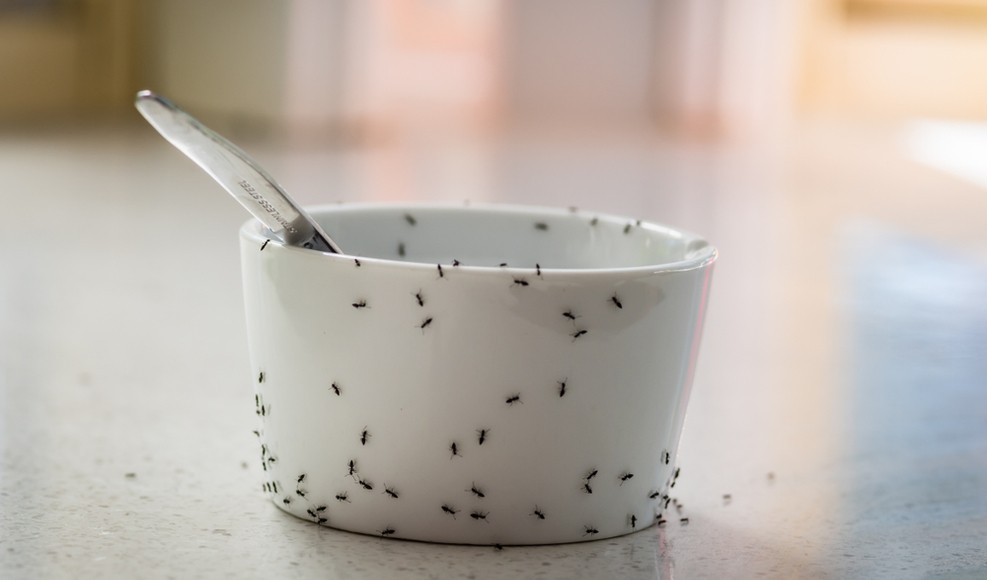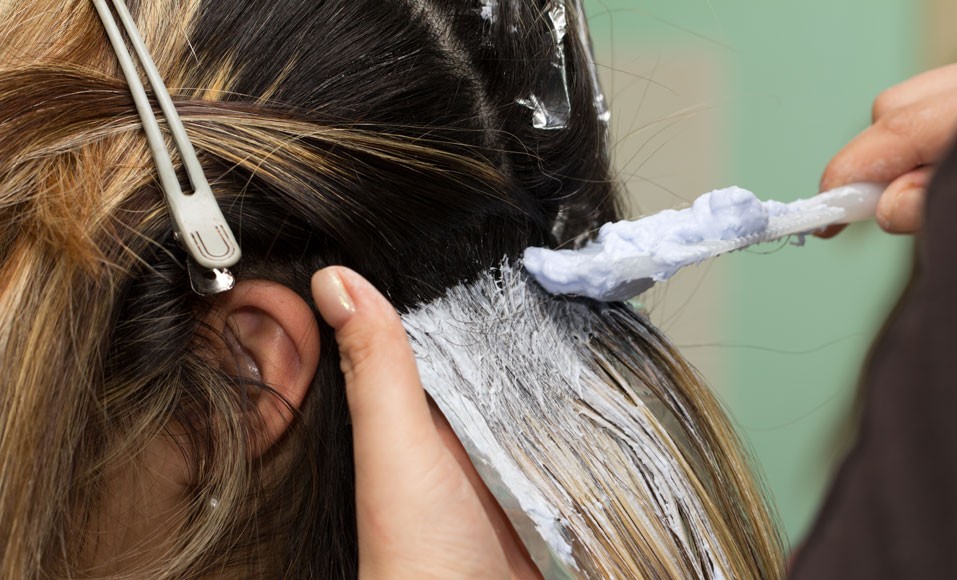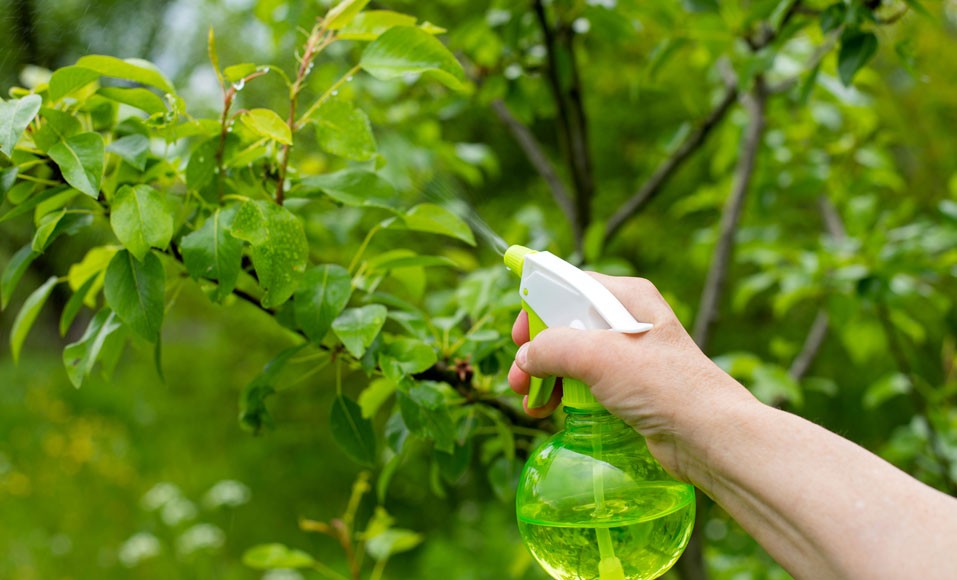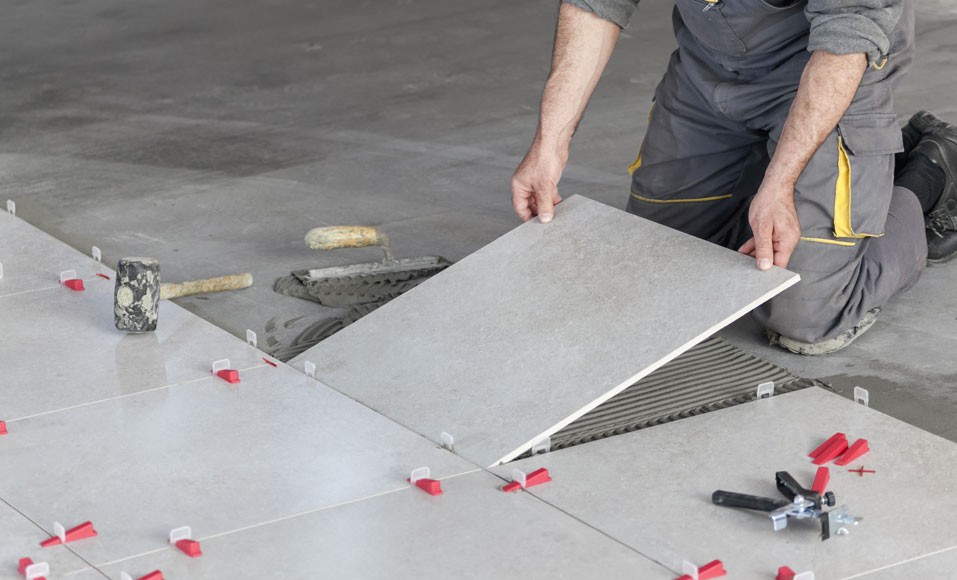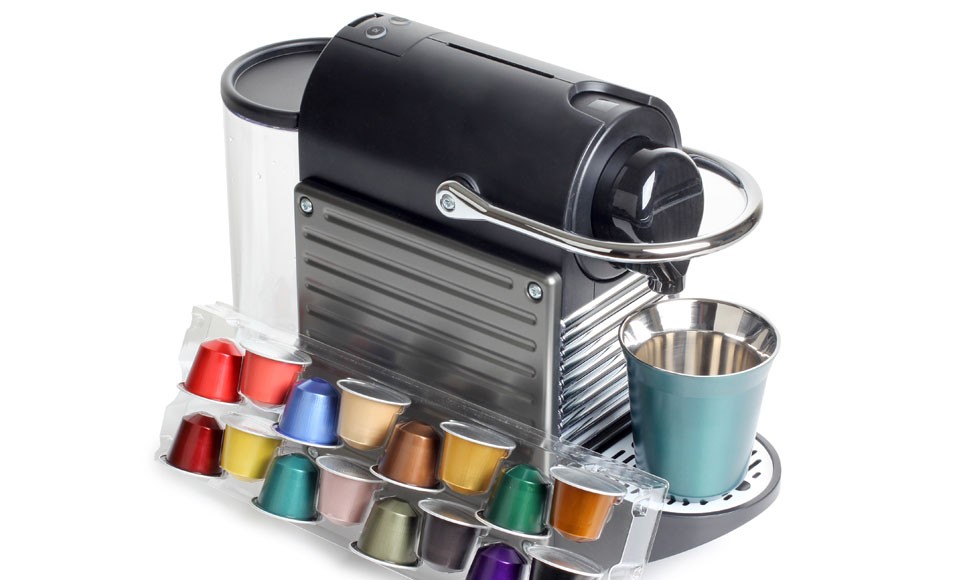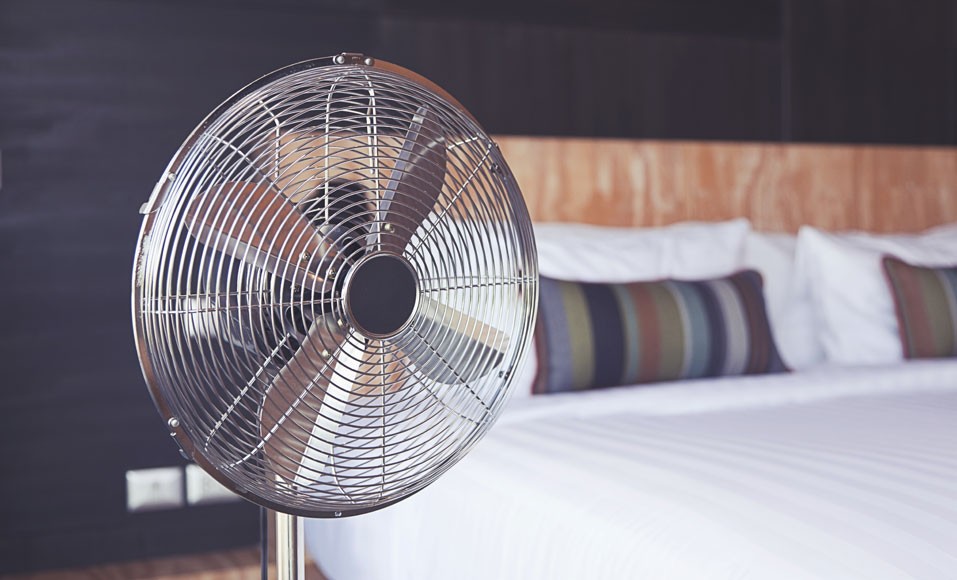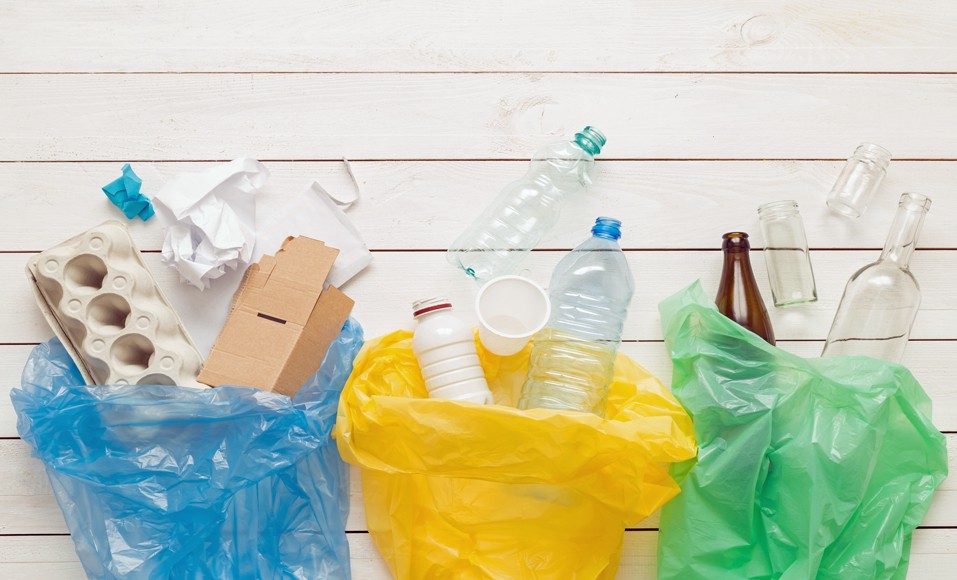Att veta hur man byter toalettsits själv
Oavsett om det gäller en vägghängd eller en traditionell toalett, är proceduren för att byta ut toalettsitsen i allmänhet densamma. Detta kan göras ganska snabbt genom att helt enkelt följa några viktiga steg. Här är några tips på hur du byter ut toalettsitsen utan att ringa en professionell.
Köksblandare
Köket är det rum där kranarna kanske har utvecklats mest. På några decennier har vi gått från en enkel kran för att dra kallt vatten ovanför diskbänken till mycket sofistikerade modeller, särskilt "design" och med helt nya funktioner.Vi måste skilja på två typer av kranar "blandaren" som har 2 separata handtag, ett för varmvatten, det andra för kallvatten och vars flödeshastighet justeras för att få vattnet till önskad temperatur engrepps "blandare" som reglerar doser
6 ekologiska och ekonomiska tips för inomhusälskare
Livsstilen "zero waste" kan enkelt tillämpas på alla aspekter av vardagen. Fans av gröna växter kan till exempel förvärva och vårda dem på ett miljövänligt sätt. Det är verkligen möjligt med några ganska enkla tips, att göra en interiör grönare samtidigt som man minskar dess ekologiska fotavtryck och sparar pengar.
Förseglad läggning av klinker på golv
Termen "förseglad läggning" betecknar tekniken att lägga plattor direkt på en murbruksbädd, utan lim. Detta är den traditionella metoden för proffs; det är därför inte det enklaste, men det är det mest ekonomiska (inget kakellim att köpa) och även det mest effektiva när det görs på rätt sätt.
7 tips för att förvara och förvara ditt te
Tröstande och välsmakande te kan avnjutas när som helst. För att njuta av den under lång tid, och helst med dess smakegenskaper, är det viktigt att veta hur den ska förvaras. Från att hitta den perfekta behållaren till att skydda den från värme och fukt, det finns många förvaringsmöjligheter.
Hur tvättar och tar man av bomullskläder?
Bomull används på olika sätt i vardagen: kläder, handdukar, sängkläder ... Men att ta bort en fläck från en bomullsbit är inte alltid lätt. Här är en översikt över tipsen för att rengöra och lossa den här typen av tyg ordentligt.
Hur rengör man telefonens skärm ordentligt?
Smartphones, viktiga föremål, berörs flera gånger i timmen. De är därför riktiga bon för bakterier. Därför är det viktigt att ta hand om dem för att sanera dem och förlänga deras livslängd. Med tanke på de många manipulationer som dessa enheter genomgår dagligen och alla platser de tas, är det viktigt att rengöra dem.
8 DIY-idéer för en originell och miljöansvarig nyårsafton
Varje år, efter nyårsfesten, känner vissa sig skyldiga över mängden sopor och matavfallet. För att en sådan ånger inte ska hända igen är det fullt möjligt att anordna en fest på ett mer ekologiskt och avfallsfritt sätt. Här är 8 tips för att göra detta effektivt.
Hur gör man förvaring med återvunna betongblock?
Återvinning är en mycket bra grön vana. Undvik att slänga ett föremål så länge det är återanvändbart. För att behålla denna återvinningsanda är det möjligt att återanvända betongblock. Ofta försummade på gården eller i garaget kan de ändå användas som förvaring i huset.
4 tips för att spara på uppvärmningen
Att optimera hemuppvärmningen är den spak som kan minska energikostnaderna avsevärt. Faktum är att det finns flera tekniker för att uppnå detta. Här är 4 tips för att göra stora besparingar på värmeräkningen, genom enkla och lättapplicerade eko-gester.
Hur och varför ska man putsa fönster med citron?
När damm, fingeravtryck och all sorts smuts kommer in i fönstren blir städningen en riktig syssla. Denna uppgift kräver mycket tid och uppmärksamhet. Resultatet lever dock ofta inte upp till förväntningarna. Intakta och blanka fönster kan fås med rätt spetsar som citron.
Cykling: vilka hjälpmedel kan cyklister ha nytta av?
För att uppmuntra människor att cykla till jobbet erbjuder den franska staten ekonomiska bonusar. Oavsett om det gäller staden, regionerna eller territoriet som helhet, får cyklister stöd både för inköp och för reparation av deras fäste. Här finns allt du behöver veta om den ekonomiska hjälpen som ges till den som vill sätta sig i sadeln!
Att välja och använda en naturlig doft för gardiner
Att balsamera husets inre kan göras på olika sätt. Genom att använda gardinerna som stöd för rumsdofter är tanken att effektivt få bort dålig lukt hemma. Dessutom har vissa parfymer verkliga hälsofördelar. Tricket är att välja rätt dofter efter önskad atmosfär.
Placera en kedja för att öppna en ytterdörr
Dörröppningen är det mest grundläggande, men inte minst säkra, sättet att skydda en dörr. Dess primära syfte är att öppna dörren en spricka, att ifrågasätta besökaren utan att tillåta honom att komma in. En förbättring av systemet gör att skyddet (kedjan) kan tas i bruk även i frånvaro av det.
6 praktiska tips för att välja ett kylskåp efter dina behov
Kylskåpet har blivit en viktig hushållsapparat i köket. Med de många modeller av kylskåp som finns på marknaden är det svårt att göra ett val. Förutom priset och varumärket, här är några kriterier att ta hänsyn till när du väljer rätt kylskåp för dina behov.
Hemmabio: 3 planeringstips
Hemmabiosystem har sett sin popularitet öka de senaste åren. Mycket av detta beror på fallande priser på HDTV, vilket har gjort dem mer tillgängliga. För att förvandla ditt hem till en biograf, här är 3 planeringstips att känna till.Var installerar man en hemmabio?
DIY: 4 DIY drömfångare idéer
För dem som ofta har mardrömmar kan det hjälpa psykologiskt att sätta på en drömfångare över sängen. Förutom att dekorera sovrummet skulle detta tillbehör ha kraften att locka till sig söta drömmar och skrämma bort mardrömmar.
Vilka är de mest användbara tillbehören på en cykel?
Cykeln håller på att bli ett transportmedel som används i stor utsträckning dagligen. Oavsett om det är regnigt eller soligt är det viktigt att utrusta din cykel väl. I själva verket måste cyklister garantera sin säkerhet såväl som för fotgängare.
Installera badkarskranar och duschmunstycken
Installationen av en badkarskran utförs på denna plats från en vattenförsörjning (PER eller flerskiktstyp), vid utloppet av den ihåliga skiljeväggen gjord av gipsskivor. Mittavståndet på 150 mm är klassiskt, det motsvarar blandarens.Produkten innehåller en justerbar handdusch som skruvas fast på undersidan och har en diskret och oberoende väggmonteringspunkt.

